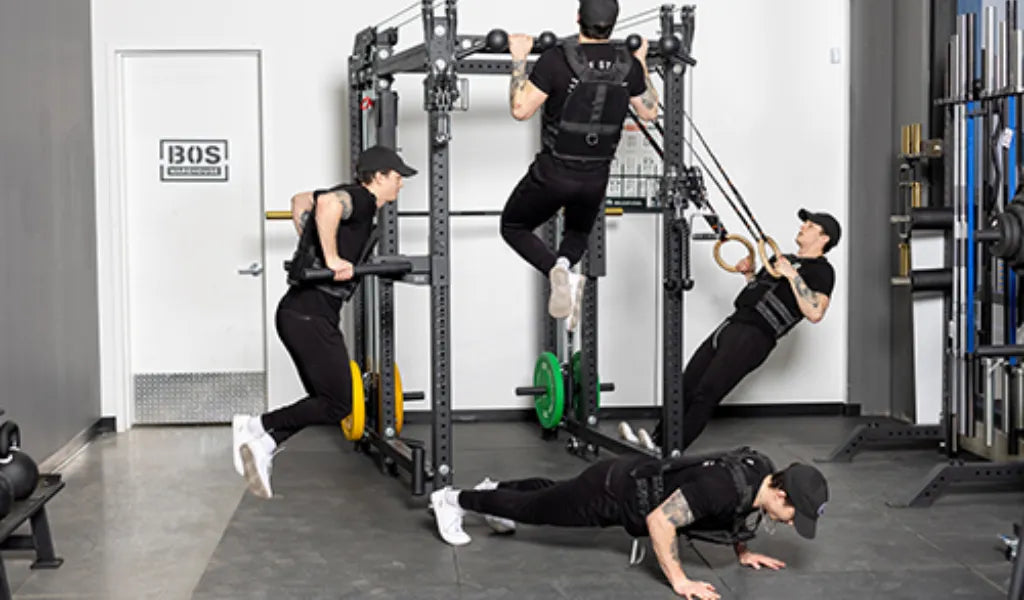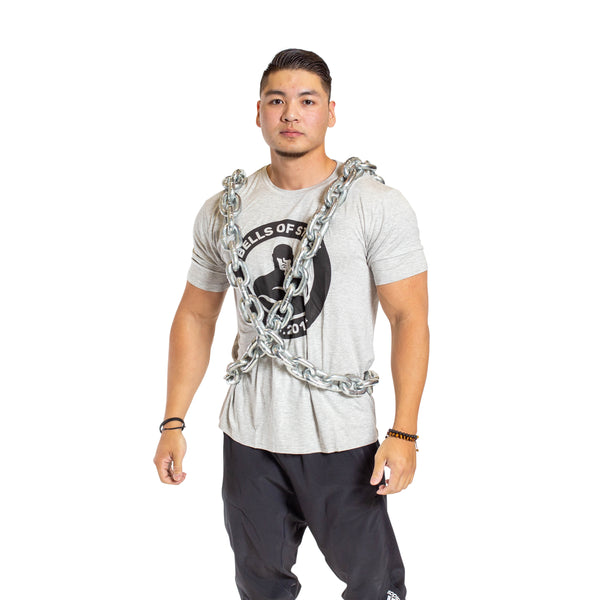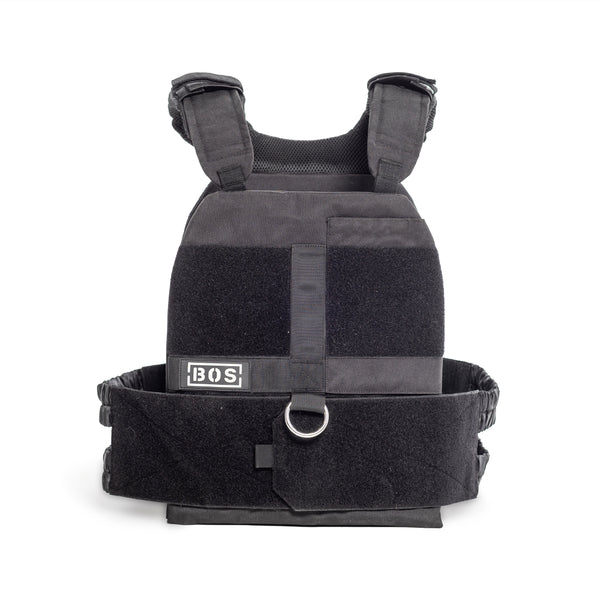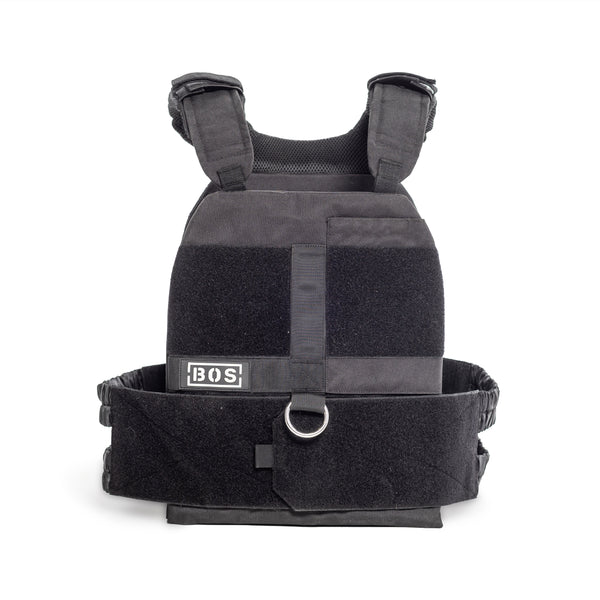Weight vests are a simple yet powerful tool for enhancing workouts, increasing resistance, and building strength.
Whether using one for bodyweight exercises, endurance training, or simply adding a challenge to your daily routine, a weighted vest can activate a wide range of muscle groups.
But what muscles does a weight vest work? Let’s break it down.
What Muscles a Weight Vest Works
1. Core Muscles
Since a weighted vest is worn directly on your torso, the primary muscle group it engages is your core. Your abs, obliques, and lower back must work harder to stabilize your body under the added weight, improving overall balance and posture.
Beyond that, the targeted muscles depend on the exercises you perform while wearing the vest.
- Rectus Abdominis (Abs): Helps stabilize your torso, especially during dynamic movements.
- Obliques: Engaged when turning, twisting, or performing lateral movements.
- Erector Spinae: Supports the spine and maintains posture under added resistance.
Best Exercises for Core Engagement
- Weighted vest planks
- Hanging leg raises
- Russian twists
- Weighted vest mountain climbers
2. Lower Body
Adding a weighted vest to lower-body exercises increases the resistance and forces your muscles to work harder. The additional load translates to improved strength, endurance, and explosive power.
- Quadriceps: Engaged during squats, lunges, and step-ups.
- Hamstrings: Activated during movements like deadlifts and stair climbing.
- Glutes: The extra weight encourages stronger hip drive, especially in exercises like squats and lunges.
- Calves: Working against gravity during running, jumping, and hiking.
Best Exercises for the Lower Body
- Weighted vest squats
- Walking lunges
- Box jumps
- Step-ups
3. Upper Body
While a weight vest primarily benefits bodyweight exercises, it also significantly increases the difficulty of upper-body movements.
- Chest (Pectorals): Engaged during push-ups, dips, and pressing movements.
- Shoulders (Deltoids): Help stabilize and move the arms during exercises.
- Triceps: Worked during push-ups, dips, and overhead movements.
- Biceps: Though not the primary focus, they stabilize during weighted pull-ups and rows.
Best Exercises for the Upper Body
- Weighted vest push-ups
- Pull-ups and chin-ups
- Dips
- Pike push-ups
4. Heart & Lungs
Weight vest training also significantly impacts the heart and lungs. The added resistance forces your cardiovascular system to work harder, improving endurance and stamina over time.
Best Exercises for Conditioning
- Weighted vest running
- Hiking with a weight vest
- Jump rope
- Burpees
Final Thoughts
Whether you’re looking to build strength, improve endurance, or simply add a challenge to your workouts, incorporating a weighted vest can help you achieve your fitness goals more efficiently.




